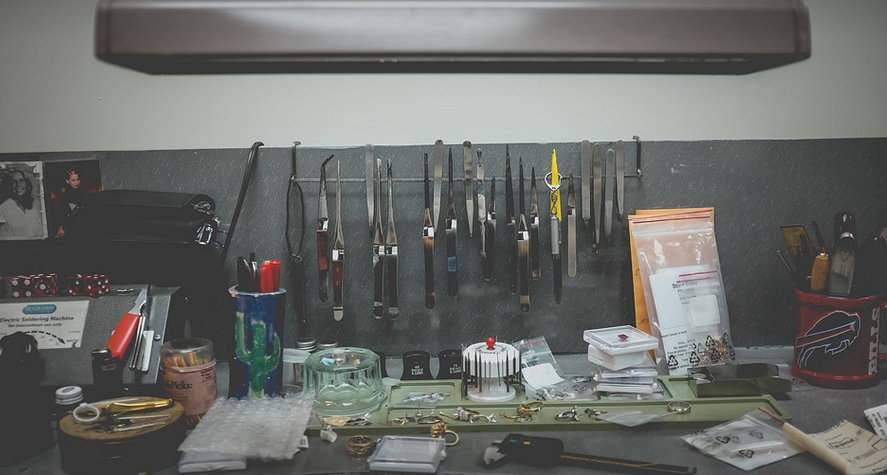
Who Is Mini Cooper Made By?
The History of a Tiny Icon
Ever since it first rolled off the assembly line in 1959, the iconic Mini Cooper has captured hearts and imaginations around the world. But have you ever wondered who this tiny automotive marvel is made by and what makes its journey from concept to car so fascinating?
The story of Mini Cooper isn’t about a single company, but rather a remarkable blend of ambition, ingenuity, and a touch of British eccentricity. It all started with the mind-blowing vision of Sir Alec Issigonis, a Greek-British engineer who dared to dream of a revolution in urban mobility.
Issigonis’s genius lay in his ability to design a car that was both compact and functional, addressing the pressing need for affordable and efficient vehicles in post-war Britain. The Mini was born as a result of Issigonis’s unique understanding of vehicle dynamics and engineering brilliance. It represented a departure from the traditional automotive giants.
His revolutionary design utilized the iconic “right-hand drive” steering layout, unheard of at the time, allowing for a more compact and maneuverable car that defied norms. This innovative layout proved to be pivotal in the Mini’s success, making it a true crowd-pleaser in countries like the UK, Australia, and the United States.
A Legacy of Innovation
The Mini Cooper we know and love today emerged from its humble beginnings thanks to the collaboration of several key players. The British Motor Corporation (BMC) was at the forefront, developing the Mini alongside Issigonis’s vision. However, BMC’s journey wasn’t without its share of challenges.
The 1960s witnessed a period of significant change for the company. As it navigated financial pressures and changing market realities, it faced competition from several other car manufacturers vying for dominance in the global automotive arena. This led to a series of strategic acquisitions and partnerships that solidified the Mini’s position.
In 1968, BMC merged with its rival Leyland Motors to form British Leyland, a behemoth in the industry. The combined force brought about a period of innovation and expansion. The focus shifted from simply producing the iconic Mini Cooper to developing a wider range of vehicles. This marked a new era for the company.
But, it wasn’t just about bigger things. Leyland also recognized the importance of respecting the heritage and legacy of the original Mini. Through careful re-engineering and development, they ensured that the spirit of the classic Mini was preserved throughout its evolution.
Across the Years: The Evolution of a Legend
Throughout the years, the Mini Cooper has undergone several transformations, each playing a crucial role in shaping its legacy. The iconic car has been through various iterations and generations, showcasing its resilience and adaptability.
Over time, Mini Cooper’s success wasn’t just about technological advancements; it was also about cultural impact. From the film “The Italian Job” to the British TV series “The Adventures of Sherlock Holmes”, the Mini became a symbol of creativity, freedom, and a sense of fun that resonated with generations.
Several global companies have taken on the mantle of manufacturing Mini Cooper over time: BMW’s acquisition in 1994 marked a pivotal moment, bringing its expertise and resources to enhance the brand. BMW’s commitment to innovation has resulted in continuous improvements in performance, design, and technology.
With each new generation of production, Mini Cooper continues to evolve, embracing modern engineering while staying true to its roots and its iconic status. The Mini Cooper remains a symbol of automotive ingenuity, proving that even the smallest car can make a big impact on the world.